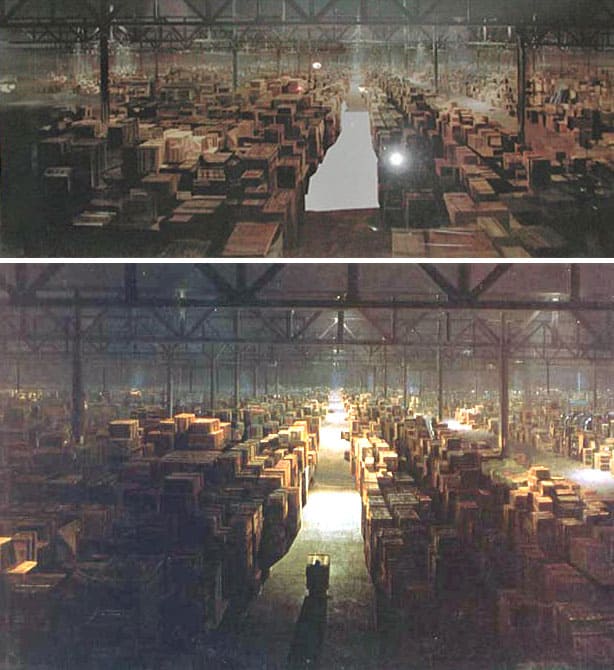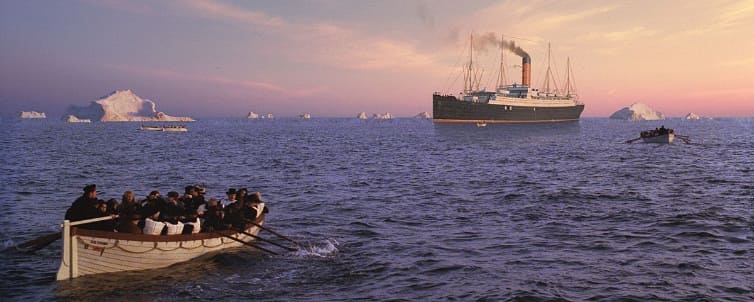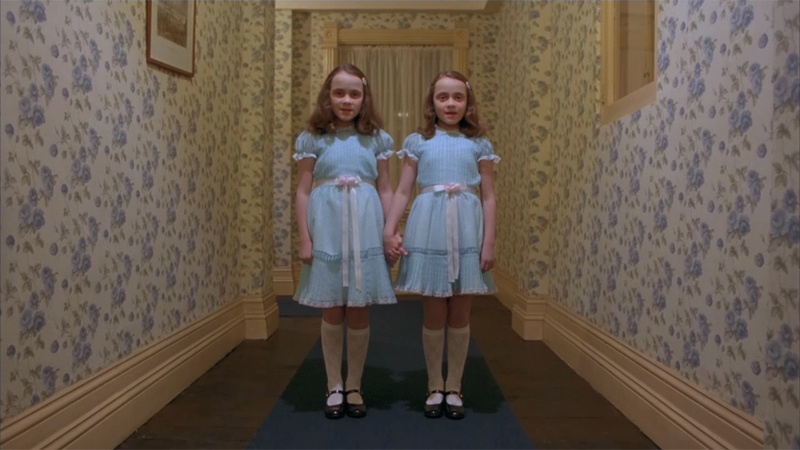For my 2D Motion Tracking project, I have decided to pay homage to Street Fighter and re-create a Hadouken. So I took the camera to the green screen and used my actor to throw a paper ball at a wall. I decided to use a paper ball because it has an apt weight about it, it doesn’t fly through the air but it also doesn’t float either. If I had an extra resource such as a stick available, I would have put a paper ball or ping pong ball on the end of the stick and moved it along.
First things first though, before I could get any filming underway, I had to do a risk assessment of the area.
Risk Assessment – VFXF1

With that out of the way, we let the filming commence, I took a few photos of Jake in front of the greenscreen with the camera in shot, I took these photos using my phone.
Importing Footage – VFXF2
Once filming was complete, I had to transfer the video from my SD Card to my computer, so I removed the SD card from the camera and inserted it into the SD slot on my laptop. I then navigated to the directory and copied the file from the source directory to my desktop, just to make it easier to find.

Once that was available on my computer, I uploaded the footage to YouTube.
It was then time for my favourite part, the easiest part of all, importing my footage into premiere pro. I opened up Premiere Pro and imported my footage. I done this by dragging and dropping from my Explorer window and into Premiere Pro.

Next, I cut the footage into 3 parts and chose the best take and then I cut that into 3 parts. Rather then motion tracking the paper ball, I am now going to motion track Jakes Head to a Player 1 logo. The part in the middle is going to be slowed down to emphasise a Hadouken movement. Finally, it was time to take my film into After Effects.
Once I was in after effects, I precomposed all of my clips into one composition, and then I keyed out the background before scaling the precomp to a reasonable size. I then took to photoshop to create some graphics to place on my scene.
Tracking The Footage – VFXF3
With the graphics designed, I imported this media to my after effects project and placed them accordingly, except for the 1P Arrow graphic. This is the graphic that is going to be tracked above jakes head. It was time to start tracking that motion.
I created a null object and set this as my target on my motion footage, then I placed and stretched the bounding box over the face of Jake and then pressed the analyze forward button, roughly about an hour later, a motion path was created and I used the whip to parent the 1p icon to the motion.
After scaling and adjusting the anchor point of my 1p icon, I ended up with this. I have added in Temple Hideout backgorund from Street Fighter and an animated GIF of Ryu’s stance and being hit.
So far so good, next it was time to make a HADOUKEN come out of Jake’s hands and make it so Ryu reacts accordingly after the Hadouken hits. I think I am going to turn my attention to either After Effects particle system or Particle Illusion to achieve this.
I took to particle illusion which is a FX software and made a blue orb, I then exported this as a transparent video and imported it into the After Effects project, I then scaled and positioned it to the motion from the video of Jake. The paper ball did not track successfully so I masked this out.
And that was my work in After Effects complete. I went back into Premiere Pro and added some sound effects I downloaded from Street Fighter. (LINK). It was time to create some background music, to do this I used Acoustica Mixcraft. I then added the music to my Premiere Pro Project. Mixcraft had a nice loop named X Agent Loop so I looped this a couple of times and used this.
Exporting Video – VFXF4
Finally I exported the movie by going to File > Export and chose these settings
The final video is below
I also made a version where the whole video is posterized aswell. Posterized essentially makes it look flat, this helps Jake blend in a little better.
Overall, this project was really fun to do and to be able to mimic one of my favorite fighting games was fun aswell. The only challenging part about this for me was the timing with everything from sound effects to Ryu getting hit with the HADOUKEN. The motion tracking worked first time, however it did take a while due to the spec of my laptop.
It would be fun to re do this project with a different idea as the possibilities with 2D motion tracking can be endless. It is also worth noting that originally, there was a paper ball that was thrown to track the HADOUKEN to, but with the frame rate and trajectory of the ball, it wasn’t suitable to motion track, it was definitely the right move to track Jake’s motion for a 1P icon.




































































